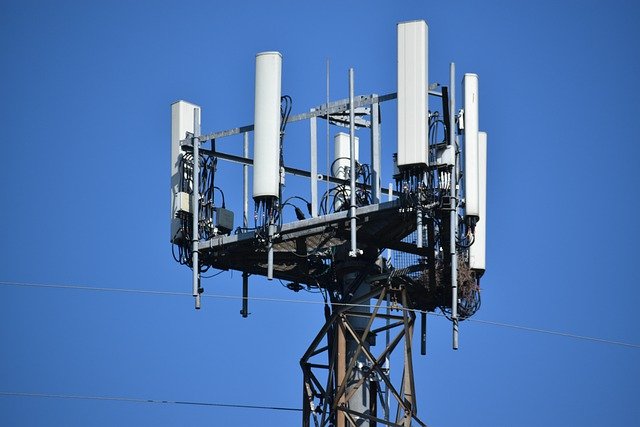5G is being launched in some countries, a lot of questions surrounding this technology, is it good for our health, how it works and what is its potential?
What is 5G?
5G is the standard that brings higher data rates than 4G, but also a much lower latency than today, and will be able to support a lot of simultaneous connections.
It differs from previous generations in that it aims, from its conception, to integrate a number of new use cases, according to the French National Frequency Agency. Consequently, its employability promises to be very extensive and can therefore be used in a variety of sectors, particularly in industry.

How does 5G work ?
5G uses the same technologies as 4G LTE, but differs in several very important ways. It can reuse the same frequency bands as 4G LTE. Thanks to this update, a 5G smartphone can benefit from a better throughput than a 4G smartphone, even though it is connected to the same antenna and using the same frequency.
The 5G also uses new frequency bands divided into two groups. The first is the 5G Sub-6 frequency bands. The second, the millimeter wave group, allows for a significant increase in throughput at the expense of range.
What are the advantages
Here are some of the strong points of 5G :
The download capacity: Speeds in 5G will be up to 10 times higher than those of 4G. If we dare to draw a parallel, 5G will be a kind of “wireless” optical fiber: it could even reach up to 20 Gbit/s in some situations. In practice, one should rather expect a navigation experience between 100 Mbit/s and a few Gbit/s.
Latency: this refers to the delay in the transit time of data between the moment it is sent and the moment it is received. This will be divided by about 8 compared to 4G, with a response time of barely one millisecond. This responsiveness is crucial for the industry, since constant and almost immediate exchanges are required to bring about uses such as autonomous transport.
Density: 5G will support a very large number of simultaneous mobile connections. The number of objects connected to the network simultaneously will be multiplied by 10. In other words, the aim is to avoid network congestion at a time when everything is becoming connectable and sensors are proliferating.
Health and safety
The 5G network has the ability to reconfigure itself. A process made possible thanks to the virtualization of the network. However, this does not mean that it is immune from cyber attacks. While 5G does benefit from a higher level of security compared to 4G, the techniques used by hackers evolve over time and this next-generation network will certainly not be impenetrable.
Otherwise, there is also another problem with the introduction of 5G, this time concerning health. As we know, millimeter waves are harmful to health and with this new network, frequencies become even higher. As recently as 2017, scientists had already met to alert users and network players to the health risks of these waves. For the moment, no measures have yet been taken regarding the limitation of millimeter waves for the future 5G network.
See also :









